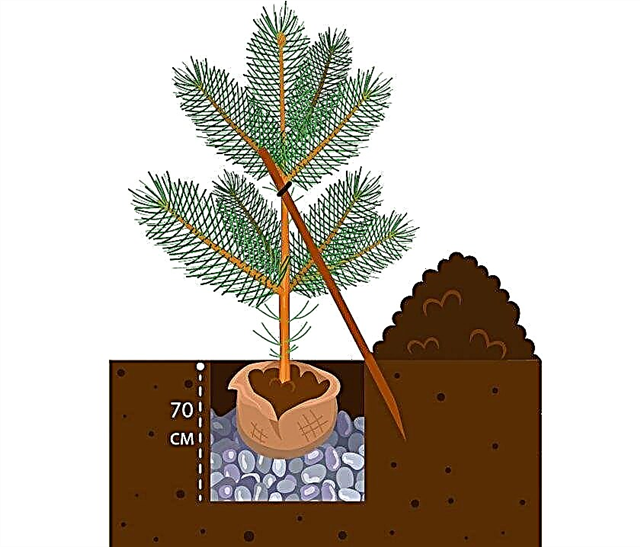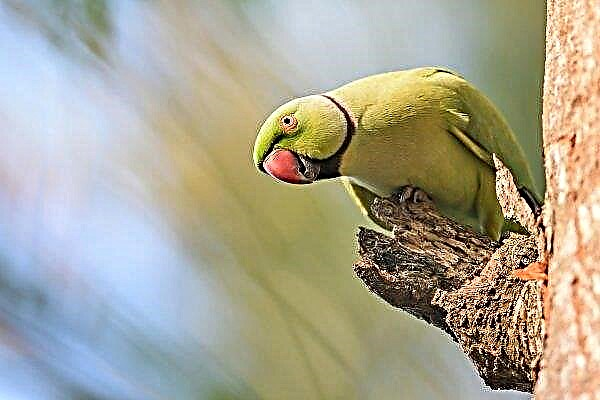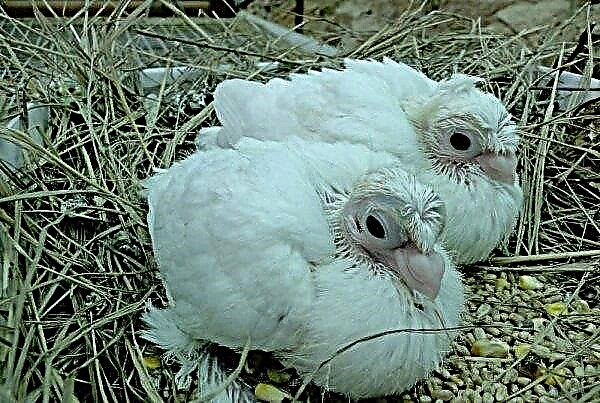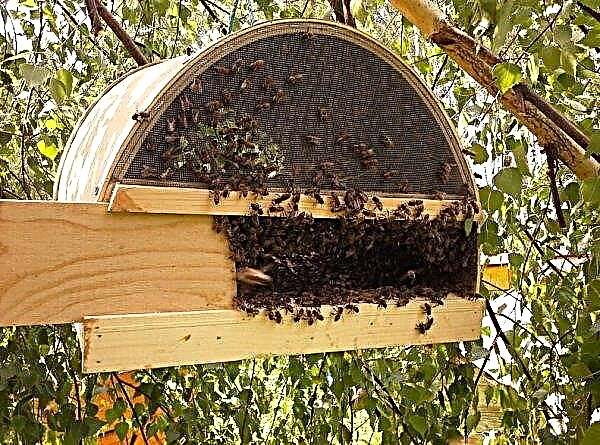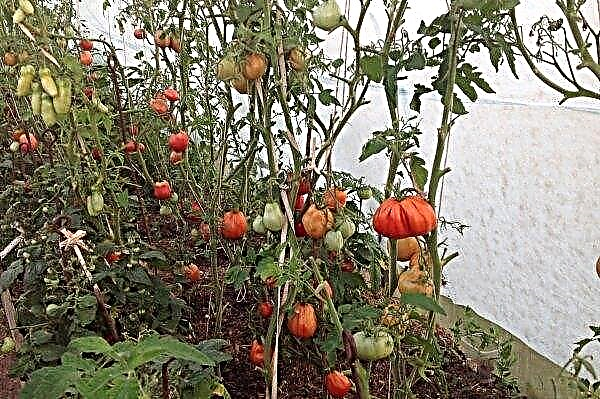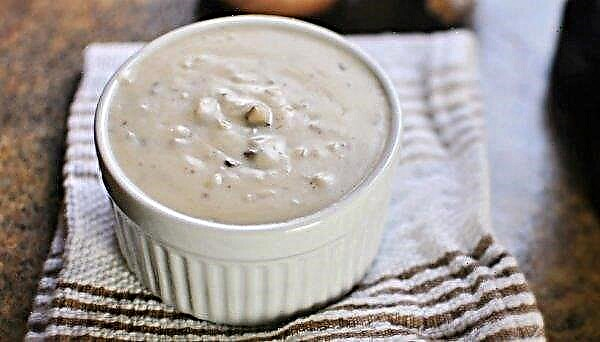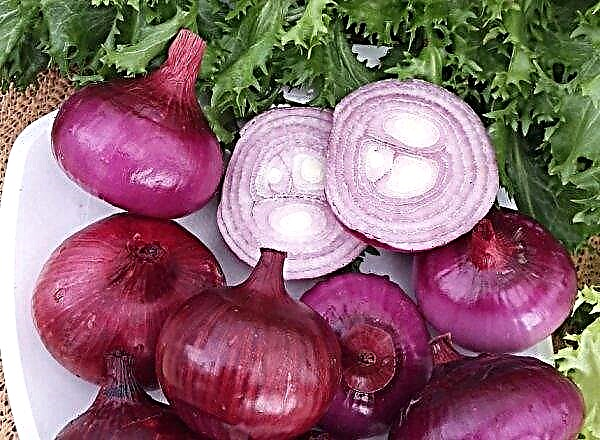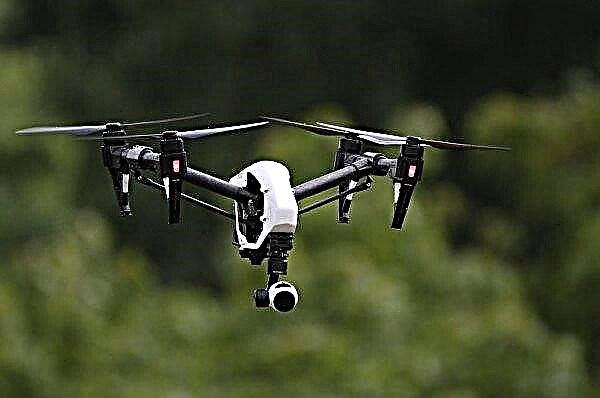Panicled hydrangea is a favorite of gardeners. The expressive plant fascinates with its flowering. The Pinky Promis variety is a novelty in the selection of Holland. Consider how it differs from other varieties, what are the characteristics and features of caring for this plant.
Description of appearance
Hydrangea Panicula Pinky Promise is a compact panicle hydrangea variety. The beautifully flowering shrub winters in the open ground and belongs to deciduous crops.
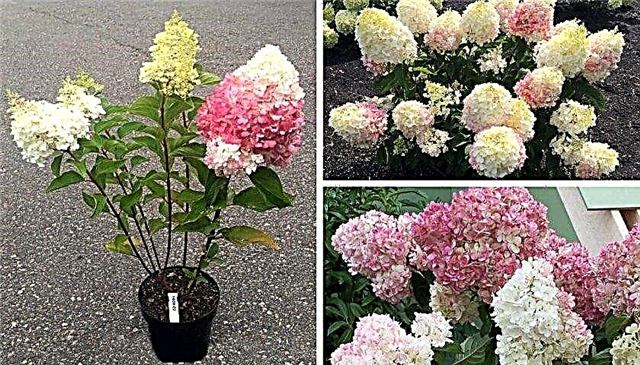
Expressive flowering is perfect for any style of flowerbed design. The color of dense non-drooping inflorescences changes color throughout the season. Dense stems with dark foliage give decorativeness to the plant.
Inflorescences
Inflorescences of a pyramidal shape are dense, have an average size of up to 20 cm in length, do not wilt. Flowers are about 2 cm in diameter. The color of the panicles varies during the season from white to dark pink, starting from the base.
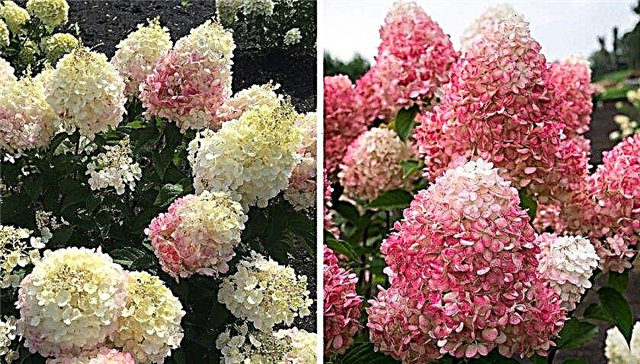
Description of leaves and shoots
Pinky Promis hydrangea stalks are sturdy with dark green foliage. Leaf blades are elliptical in shape, pointed, 10-12 cm long, pubescent on the underside, serrated along the edge.
Did you know? Hydrangea leaves and stems are poisonous because they contain cyanogenic glycosides.
Bush sizes
The bush is small in size. Height 70–80 cm, width 80–90 cm. On average, hydrangea stems can be 1-3 m. The Pinky Winky variety is similar in characteristics to Pinky Promis, but has a bush height of 1.5–2 m.
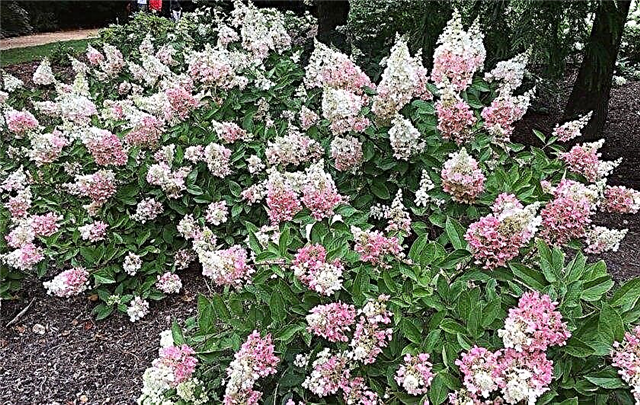
Growing Features
The plant is frost-resistant, withstands frosts down to –30 ° С. The flowering period is from July to September.
To achieve maximum decorativeness it is necessary:
- Choose the right landing place.
- Grow a plant on the soil with the addition of peat in a ratio of 1: 1.
- Water often.
- Perform regular feeding.
Important! If the soil is alkaline, then the hydrangea leaves begin to turn yellow, — it is chlorosis. To avoid this, it is necessary to water the plant once every 10 days with a solution of iron-containing salt.
In order for hydrangea to grow well, you need to choose the right place for planting. She feels good in the sun and in partial shade. It is better that the sun illuminates the bush in the morning. The plant prefers moist, drained soil with an acid reaction. Moistening the soil is a key factor in growing.
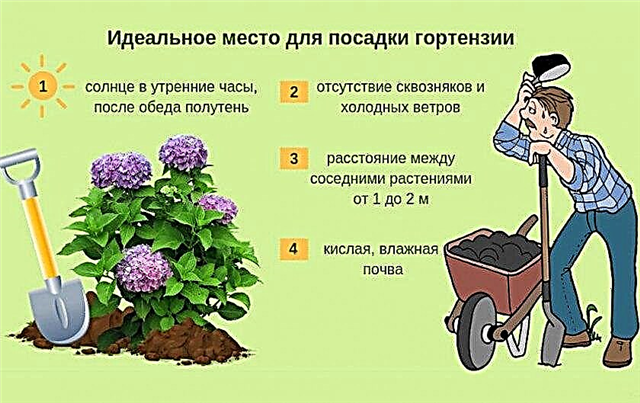
The plant has a fibrous root system, so loosening the soil near it is not recommended. But the removal of weeds around the bush should be carried out regularly. Instead of loosening, the soil should be mulled with peat, wood chips or bark. This will help not only to keep moisture in the fight against weeds, but also protect the roots from overheating.
A new variety of hydrangea is resistant to diseases and pests. If problems arise with growth, then the reason is more likely in improper care. Hydrangea should not be fed with any available fertilizer. It is necessary to purchase a special fertilizer for hydrangeas and use it according to the instructions.
The Pinky Promis variety has a compact crown, so the problem of decaying the bush is not as urgent as in other varieties. But still, the formation process must be carried out correctly. Pruning is done in autumn and spring. In the fall, dried stems and flowers are removed. In spring, all weak shoots are cut off completely, and strong shoots are shortened to 2-3 pairs of buds, leaving a small stump higher.
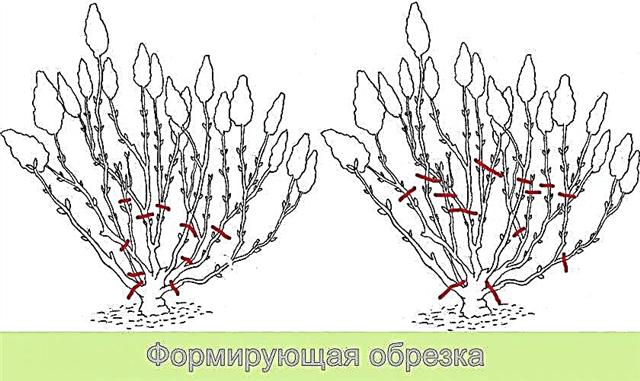
Pruning activates the growth of new shoots. If you leave a small number of stems, then the inflorescences will be larger, otherwise the number of flowers will increase, but their size will decrease. Further, the bush is shaped like a tree, creating 2–3 branching orders on three branches.
Important! The brightness of the color of the flowers can hang from the soil. If you acidify it or use fertilizers for hydrangea, then this will give the inflorescences a brighter color.
When pruning, you need to focus on the thickness of the shoots. If they are in diameter in pencil, there will be lush flowers, if much less need to be removed. Do not forget about the rejuvenation of the bush. The old branches are pruned completely, while the plant will not die, but there may not be a bloom in the next season.
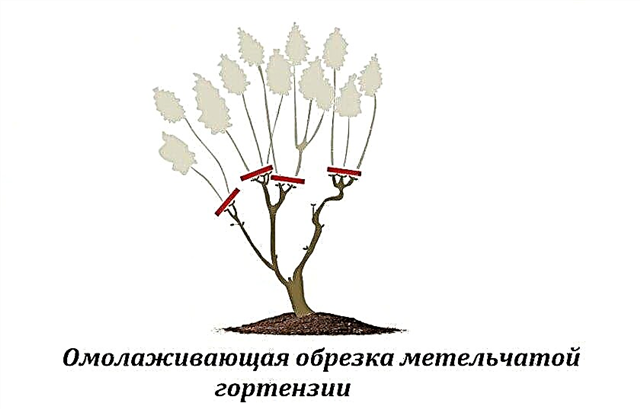
Adult bushes do not need shelter for the winter, but young plants should be sheltered. The root zone is sprinkled with dry leaves or peat to a thickness of about 20 cm.
A lushly flowering and sustainable hydrangea variety can be used versatile in garden design. Dense inflorescences that change color look spectacular both in single landings on lawns and in mixed groups. Even a beginner grower can take care of a plant. The main thing is the desire to grow this beauty in his flowerbed, and she will become a worthy decoration of the hydrangea collection.


